VR180 cameras are a great way to create VR videos that actually make sense for most situations (to me anyway). While many people equate 360 with VR, they only work for very specific scenarios. In my opinion, 360 capture is great for great for getting a sense of a space. Nature documentaries, a hot air balloon ride, looking around a property for sale, and other such things have no requirement for focusing the viewer on anything specific. You can look around and just take it all in. Unfortunately, many 360 videos out there are only 2D since 3D/360 camera are much more expensive, so this means that immersion is pretty low.
VR180 hits the sweet spot for home videos, movie/TV/stage content, and vacation footage since it’s based on what the camera is pointing at being in the center. If someone/people are in front of the camera, they are clearly the focus, and the viewer knows where to look. Like real life though, you are free to look up, down, and to the sides (without turning your body) and feeling much more like you’re in the scene. Video is clearer, there are no potential artifacts from stitching, and the 3D separation is usually the same as average human eyes (65mm). Even if you never turn your head, you have peripheral vision which helps fool your brain.
Back in 2018, Google invented a standardized format for capturing stereo views of 180° each. They also released a reference camera design which Lenovo and Yi turned into commercial products. I owned the Lenovo model, and it was pretty underwhelming in CMOS (image sensor) size, its inability to capture without bright light, and the lack of a preview screen. Despite this, you could take the videos and play them back on your Android phone using Google Cardboard and have a pretty fun clip to share.
Google has effectively abandoned this, although YouTube continues to support the format and will do the right thing when displaying VR180 videos on a VR device. Meta also promotes a decent number of VR180 videos for concerts and documentaries. Still, even though newer cameras have come out that are high-end and do a much better job with optics and settings, there are still relatively few to choose from.
The Slam XCAM 8K VR180 3D Camera
Just a few days into its crowdfunding campaign, the Slam XCAM 8K VR180 3D camera definitely looks nice. A compact device with a large touchscreen, large image sensors, a fast processor, and a compact form factor. Everything about it looks pretty great, although I’d prefer a removable battery and memory card. Still, it looks like a great entry into the space, and it be just what you need to get started. More details on our Slam XCAM page.

As with all crowdfunding projects, buyer beware! Be sure to ask any questions on the campaign page and remember that these projects always carry some risks. That said, you can save some money by buying early and get what looks to be a pretty cool product!
The campaign is already well past their crazy low goal ($10,000) and has until February 16th. All rewards tiers are still available (as of 1/14) and deliveries are projected as soon as March 2025.
Specifications
- VR180 @ 8K30/6K50fps
- Field of view: 180°
- Dual 1/1.5″ CMOS Sensors (10-bit color, HDR)
- Battery: 5000mAh (fixed)
- IPD: 65mm
- Display: 6.67″AMOLED (high-res, touch)
- Storage: Fixed. 128GB/512GB available
- Weight: 380g (aluminum frame, plastic body)
- Price: Starting at $1,000

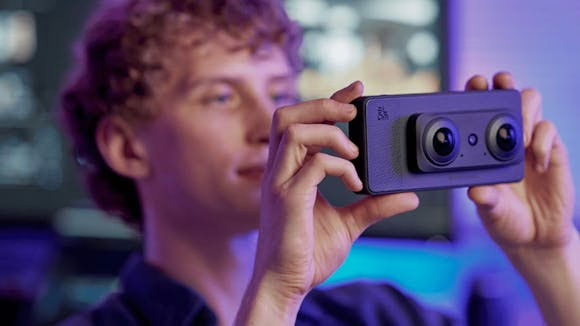
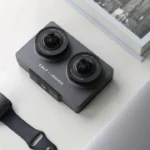
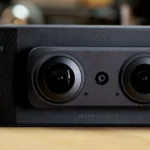
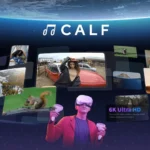
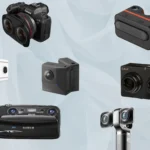

Leave a Reply